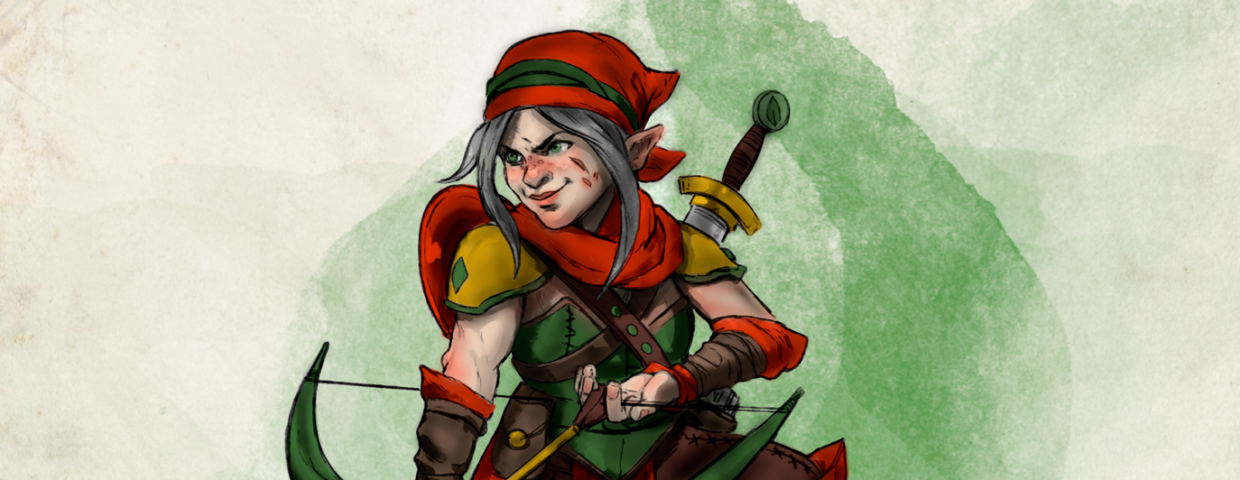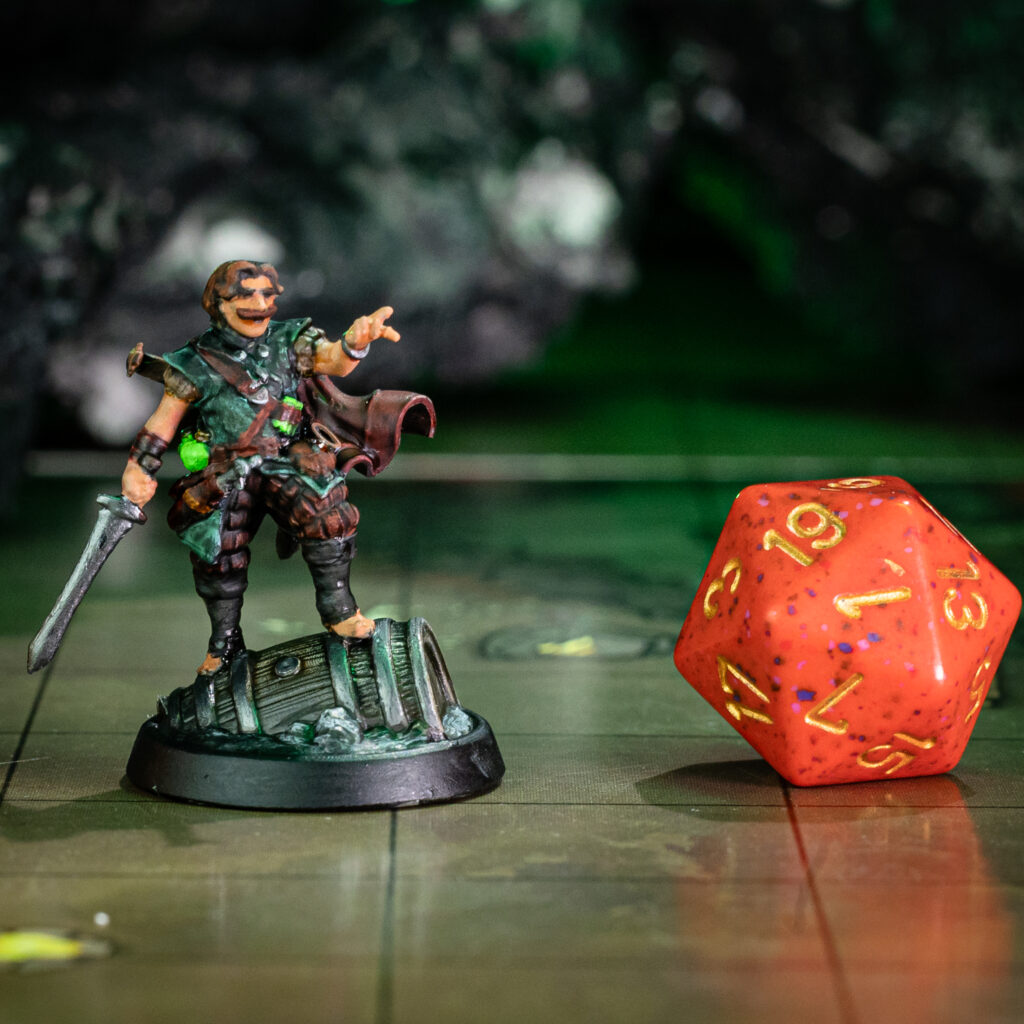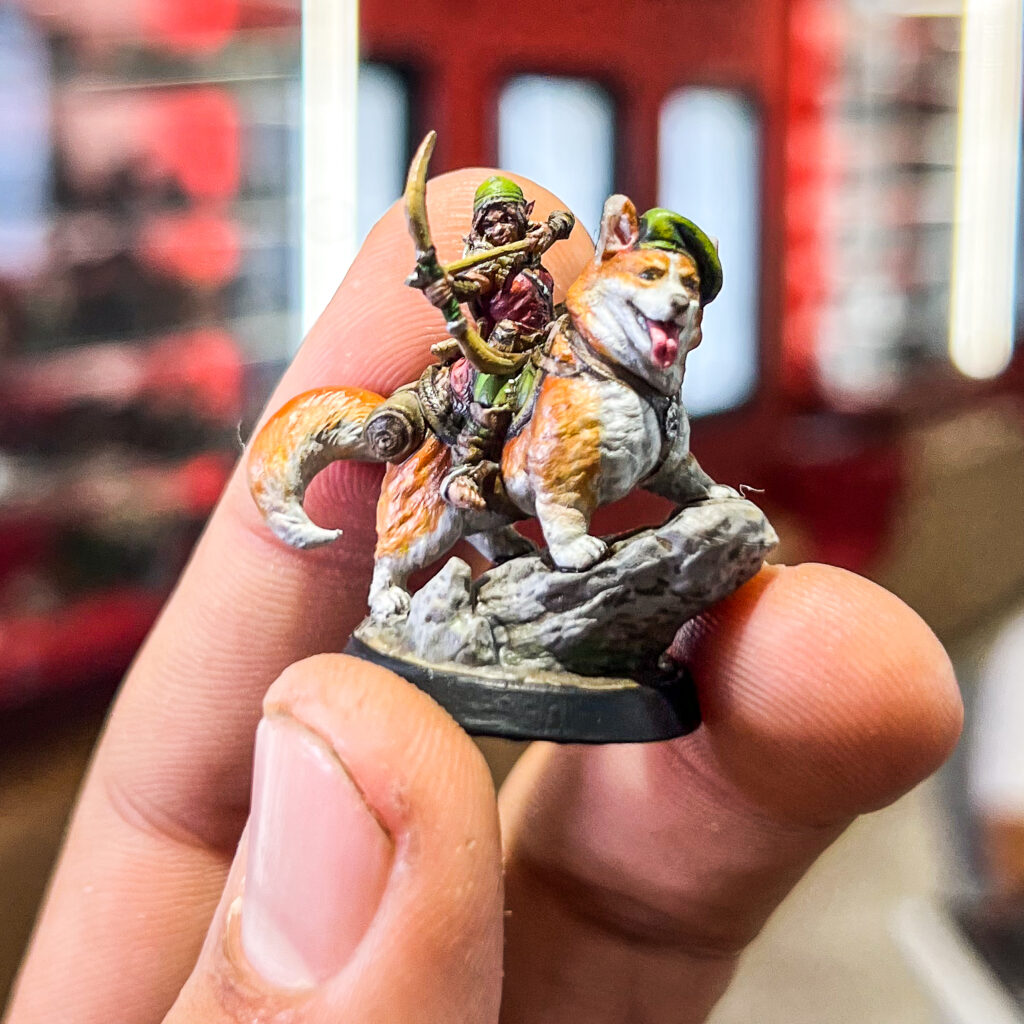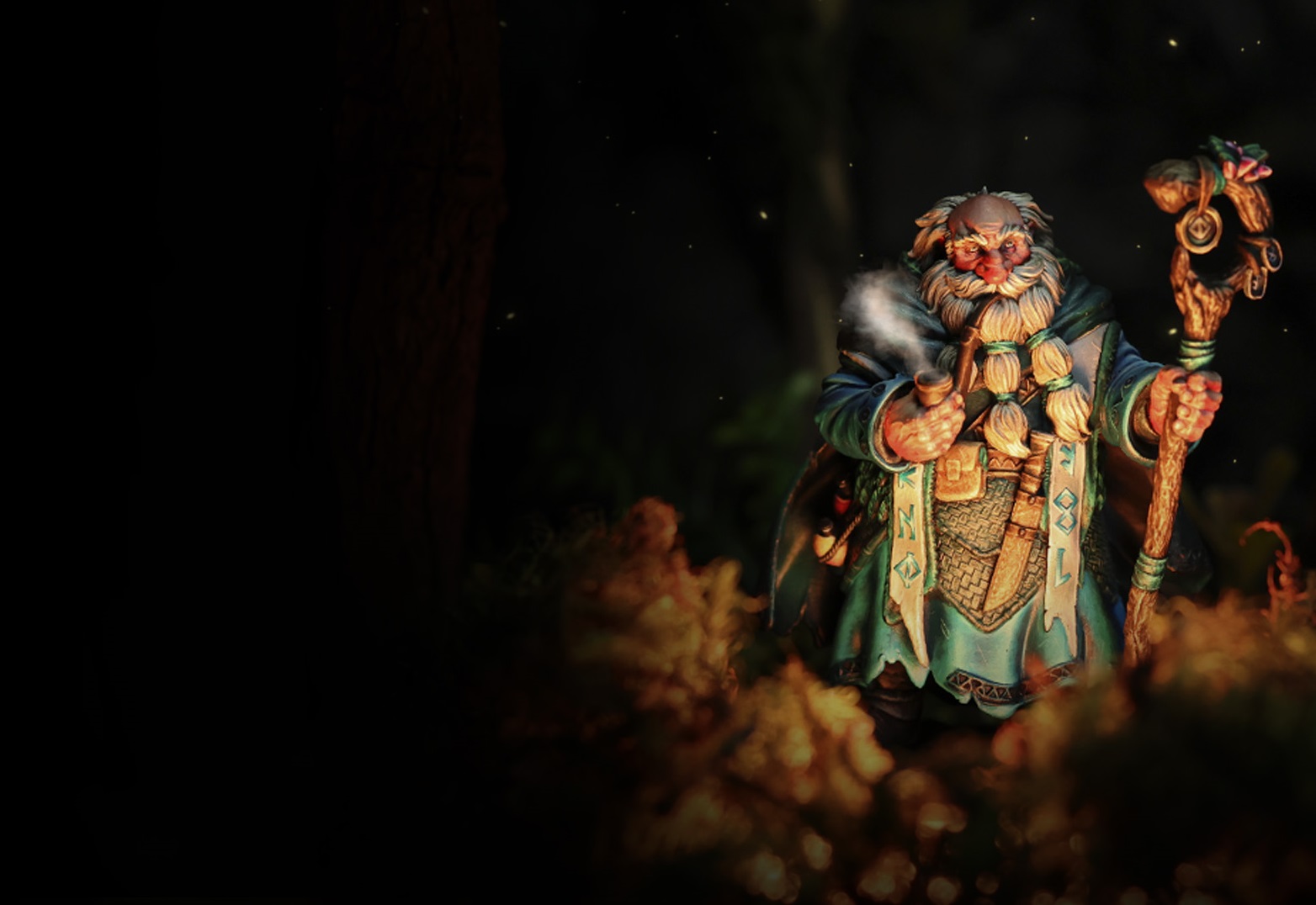Exploring RPG Races: Halflings
Halflings Are as Big as You Think, But They Have Twice the Might

Most people outside of the TTRPG world don’t know about halflings. They probably heard about hobbits, the main inspiration for those small sized adventurers. But halflings have been changing, becoming more fierce, bold, strong, and straying away from tolkenian stories. Let’s do a little recap of their origins and the reasons you might want to play them on your campaigns.
Where Did Those Fellows Come From?
Halflings are, indeed, based on hobbits. Hobbits are even referred to as halflings, in The Lord of The Rings. Due to copyright reasons, the word hobbit couldn’t be used in D&D for a long time, so “halflings” was adopted. It’s easy to see the similarities, specially in the first editions, where the furry feet and joyful faces were staples of those tiny people. But small stature and body hair were not enough to make playing a character seem interesting. So the halflings needed to change.

Dragonlance and the Halflings that Weren’t Really There
The Chronicles of Dragonlance, by Margaret Weis and Tracy Hickman, started a big trend of gaming fantasy novels in literature. They also exposed a lot of people to kenders, as co-created by Harold Johnson. Kenders aren’t halflings, except that they kind of are. They helped build the idea of halflings as the brave, funny, adventurous, and, sometimes, obnoxious little party members. The idea that kenders don’t understand fear and that they don’t believe in ownership is very quirky, but not all of that was easy to incorporate on a regular campaign. So, as halflings changed, they become more kender-like, but not exactly the same.
Halflings in Pop Culture and Their Fame
Halflings aren’t as famous as some other races in overall media. They are mostly seen on D&D or D&D related comics, cartoons, games, and so on. Belkar Bitterleaf, from Order of the Stick, is an almost psychotic and raging assassin that stands far away from the stereotype of the happy and naive hobbits. The Critical Role Campaign 3’s character Orym of The Air Ashari is a strict, shy, introverted, and militarized halfling that also has nothing to do with the second breakfast folks.

It’s Not (Only) About Size
Ok, so now you know a bit about halflings. They can be cute, tough, smart, lithe, charming, and all sorts of things. But would you chose them instead of a gnome, a dwarf, or a regular human? What are halflings really good at?
In D&D 5E, the racial traits remain similar to some earlier editions. Halflings are Lucky, Brave, and Nimble. The ability to reroll 1s, avoid being frightened, and maneuver well between and below their companions can be useful for any character class. A wizard or warlock could use the cover and angles to hit their enemies. A fighter or ranger can surprise with attacks and tricks coming from unexpected places and avoid being frightened even by dragons. And a halfling monk can become an acrobatic menace, showing their foes that small size does not mean small damage, and kick as much ass as the family-sized ones.
Loot Studios can help you tell your story. Choose your favorite bundle from our previous releases or sign up for Fantasy or Sci-Fi to receive a new bundle every month. You can also check out some tips at our YouTube Channel.




